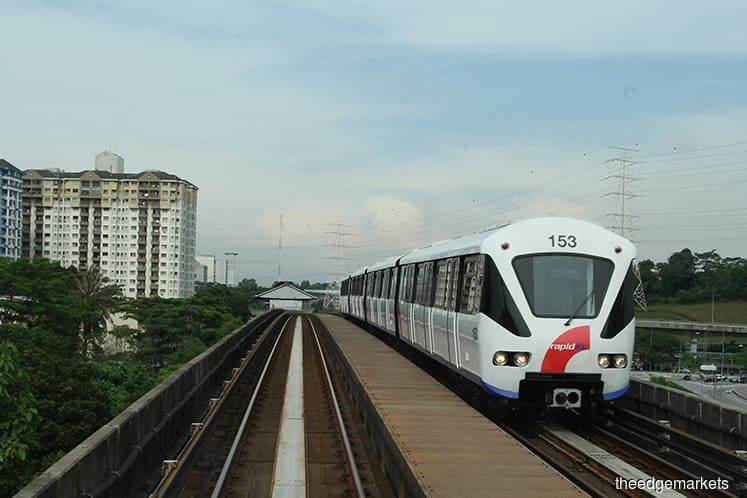
This article first appeared in The Edge Financial Daily on June 18, 2018
Transport sector
Maintain neutral: We are neutral on the transportation sector over the next 12 months. While there are plenty of opportunities in store for players, particularly, in the tourism and e-commerce space, we are mindful of various headwinds such as the increased regulatory risk on the back of the change in the political landscape following the 14th general election, potential dial-back of certain major initiatives by the preceding administration and rising fuel costs.
Tourism Malaysia has projected Malaysia’s tourist arrivals to surge by a whopping 28% to 33.1 million in 2018 from 25.9 milliom in 2017, and to hit 36 million in 2020 in conjunction with the Visit Malaysia Year 2020 campaign. We find the projection a tad optimistic given that the numbers had stagnated at about 26 million over the last three years. Nonetheless, we do agree that the trend for tourist arrivals in coming years is upwards, as Malaysia is slated to host a series of high profile international events including the Commonwealth Heads of Government Meeting, the Asia-Pacific Economic Cooperation summit and World Congress of Information Technology. Low-cost carrier AirAsia and airport operator Malaysia Airports are the main beneficiaries of the growing tourist arrivals.
The rapidly expanding e-commerce sector, particularly, online shopping, has created huge opportunities for parcel delivery service providers such as Pos Malaysia. Malaysia’s presence in the regional and global e-commerce market is on the cusp of a quantum leap, driven by the Alibaba-backed Digital Free Trade Zone (DFTZ) project in the KLIA Aeropolis. The DFTZ will serve as a regional e-fulfilment centre as well as an e-commerce logistics hub. Apart from Malaysia Airports, we believe local logistics players are poised to garner a slice of action in the physical zone of the DTFZ.
On the other hand, regulated businesses may face a higher regulatory risk, as the new administration strives for better deals for the rakyat, as promised in its election manifesto. Under these circumstances, it is unlikely, for instance, for airport operator Malaysia Airports to secure an upward revision in passenger service charges (PSC). In fact, in the run-up to potentially new rates in 2019, the transport ministry now says that PSC should be determined in accordance with the quality of facilities in the airport, which means certain smaller and older airports may even see a reduction in PSC.
Also, there are concerns over whether the DFTZ project, a China-Malaysia initiative of the preceding administration, will go ahead as planned. All China-Malaysia deals signed in recent years will now come under scrutiny. This follows the revelation of unconventional contractual terms the preceding administration entered into with Chinese lenders and contractors with regard to the East Coast Rail Link and two multi-product petroleum pipeline projects, where the payment schedules are based on timeline milestones (which are effectively automatic), versus the industry’s norm of percentage of completion. This has resulted in the payments being way ahead of the actual work done, which is nonsensical.
Meanwhile, trans-shipment seaport operator Westports will still feel the negative impact from the recent reorganisation of the global shipping alliance, resulting in the diversion of trans-shipment cargo volumes to Singapore. On a brighter note, we expect gateway cargo volumes to continue to grow in coming years, thanks to Malaysia’s robust exports and imports. Meanwhile, Bintulu Port will be weighed down by start-up costs at its newly completed Samalaju Industrial Port.
We may upgrade our “neutral” stance on the transport sector to “overweight” if tariffs are adjusted upwards, volume performance beats expectations, yields surprise in the upside on reduced competition, and fuel cost comes down on weaker crude oil prices.
We may downgrade our “neutral” stance on the transport sector to “underweight” if volume performance misses expectations, yields surprise in the downside on heightened competition, and fuel cost goes higher on stronger crude oil prices.
Our top pick for the sector is AirAsia. AirAsia is a good proxy for the growing low-cost air travel market in the region, underpinned by rising per capita incomes and a young demographic. Its strong market presence enables it to compete effectively against its rivals. It has struck a chord with investors with its plans to monetise some of its auxiliary businesses. — AmInvestment Bank, June 14